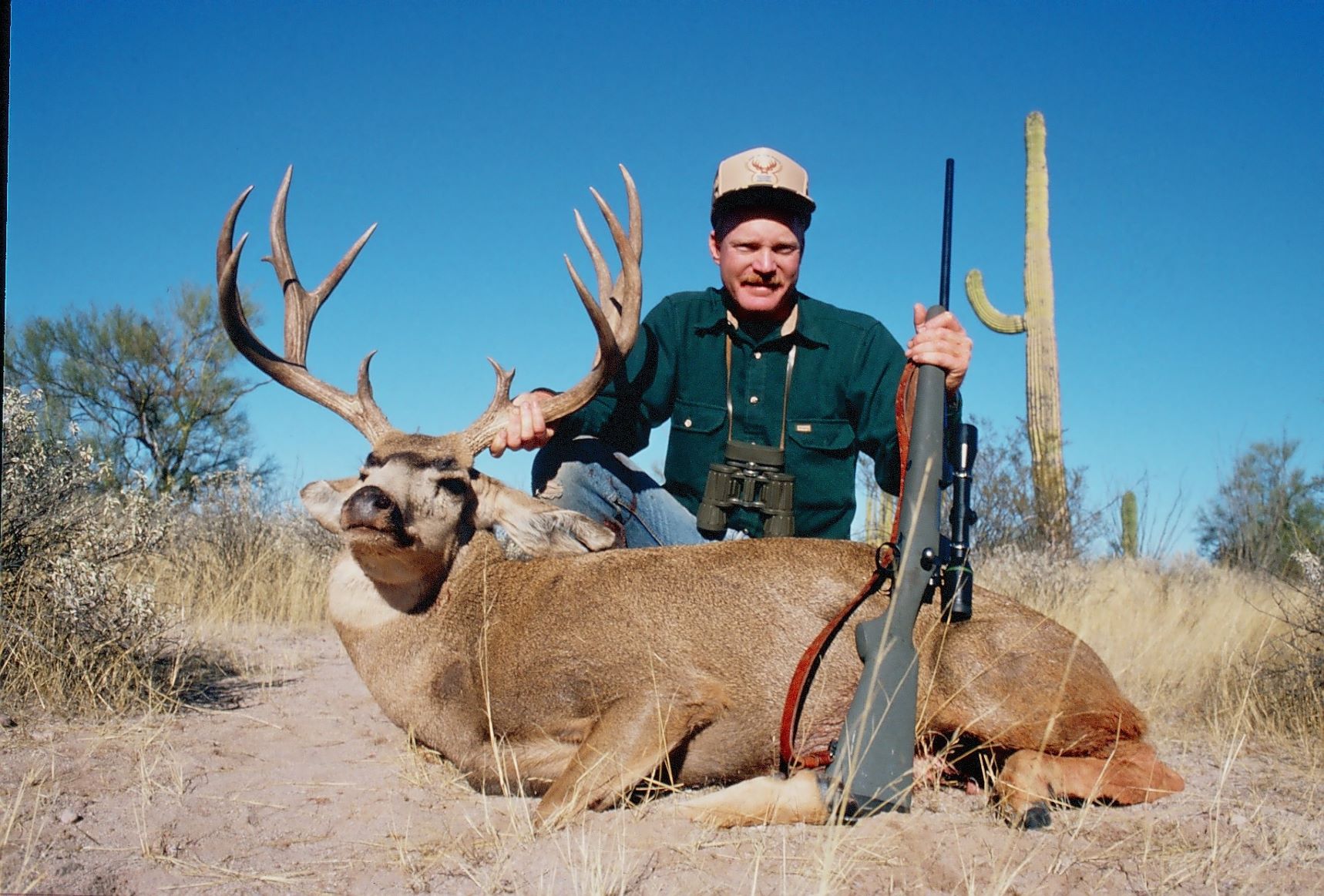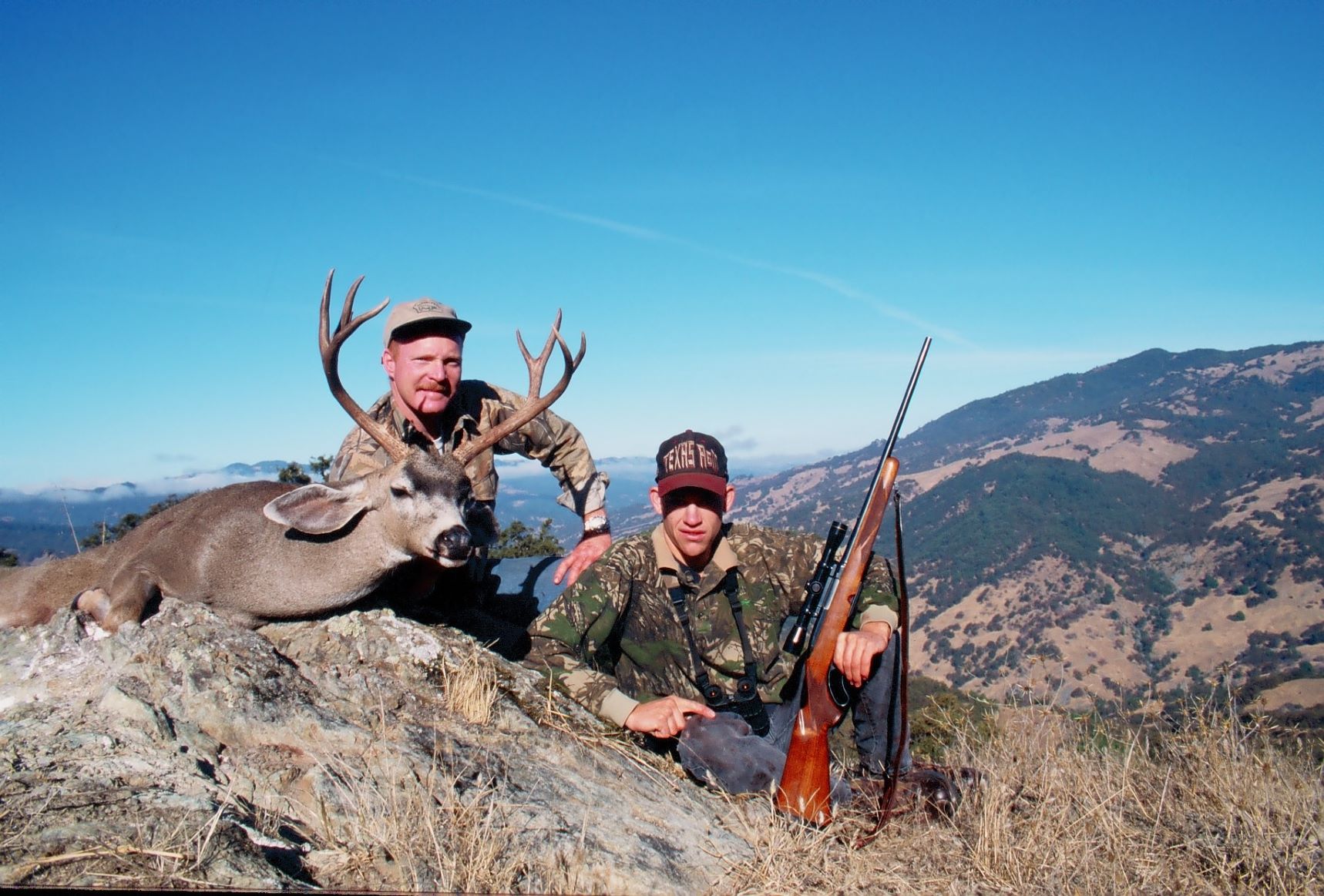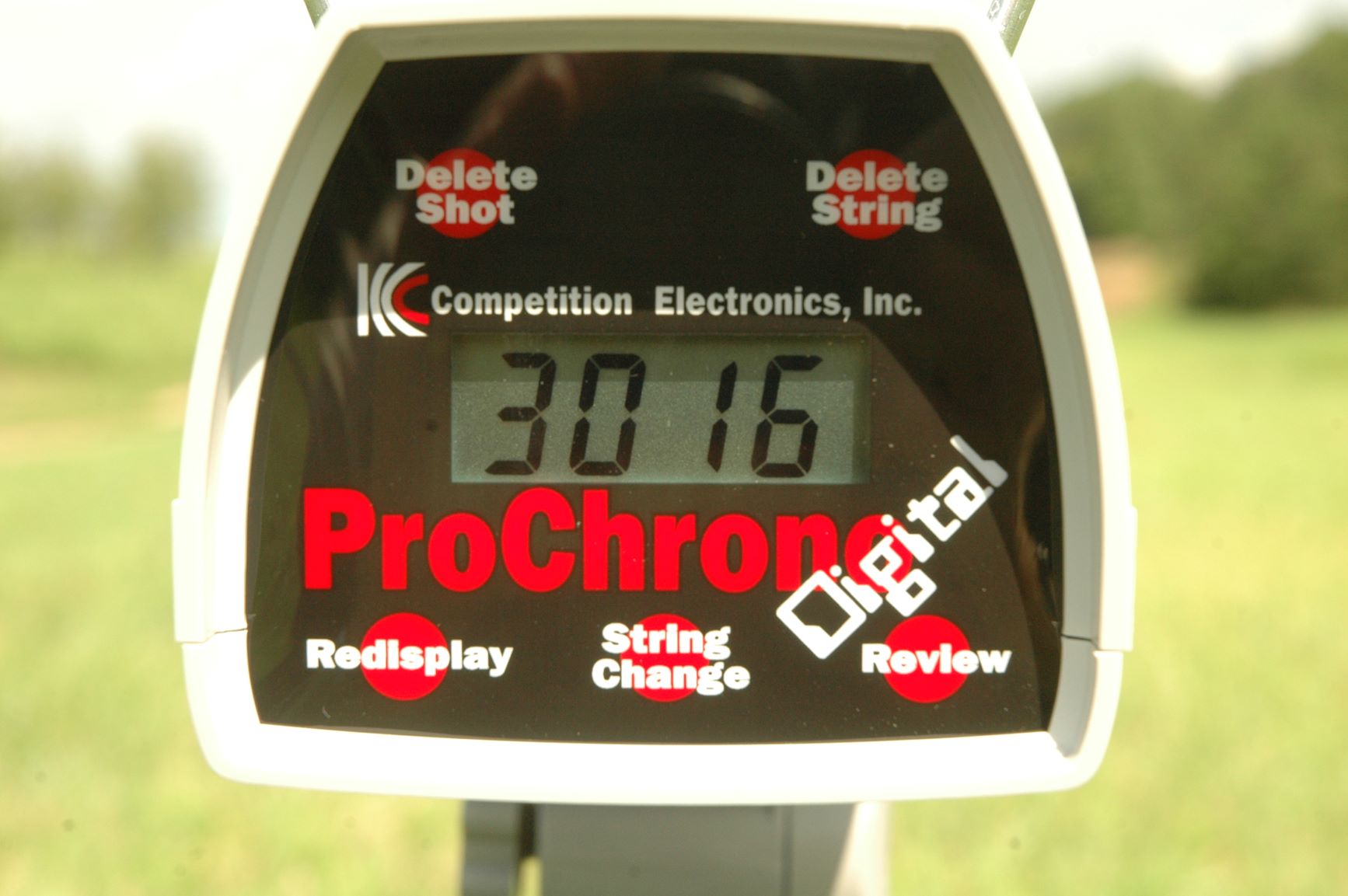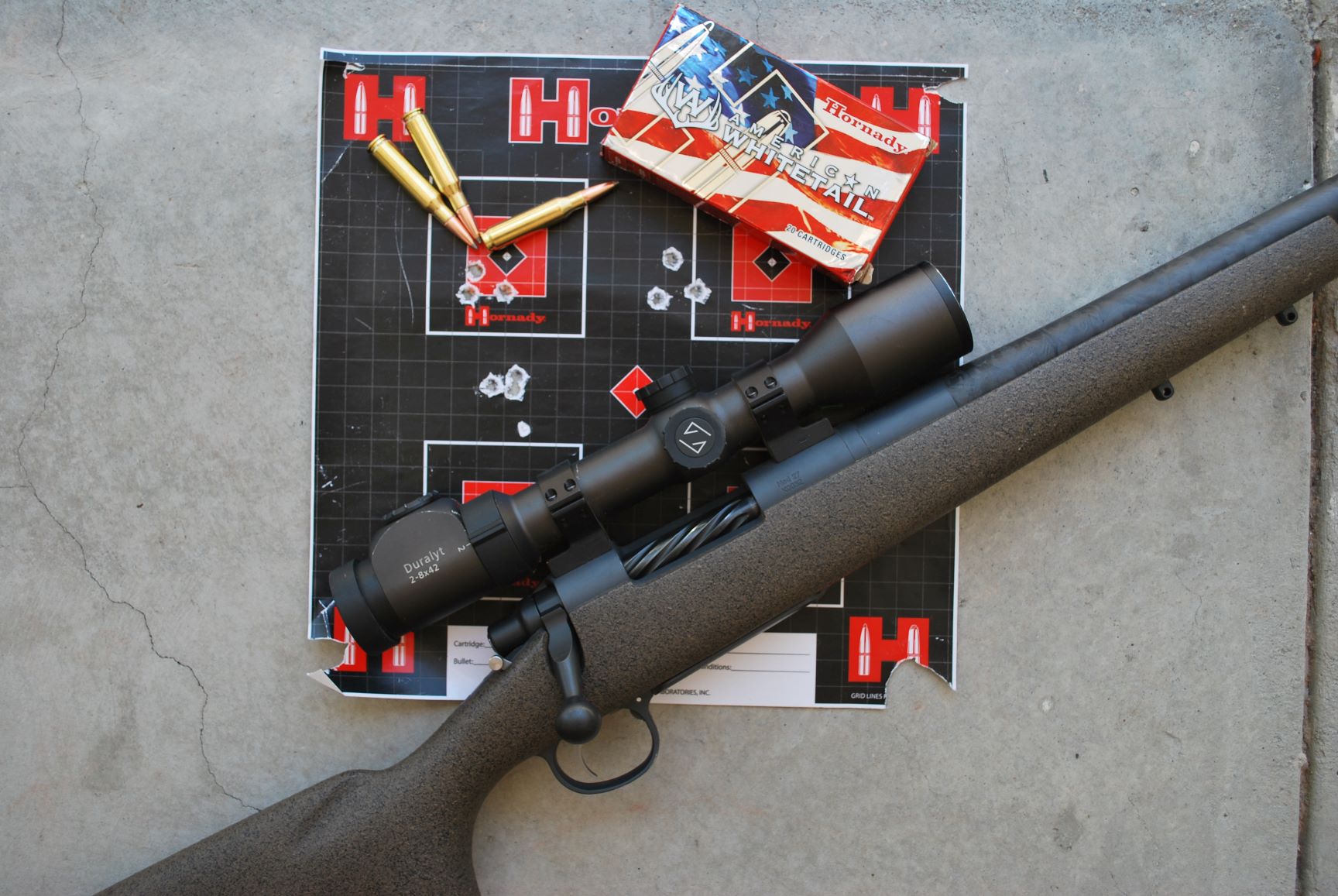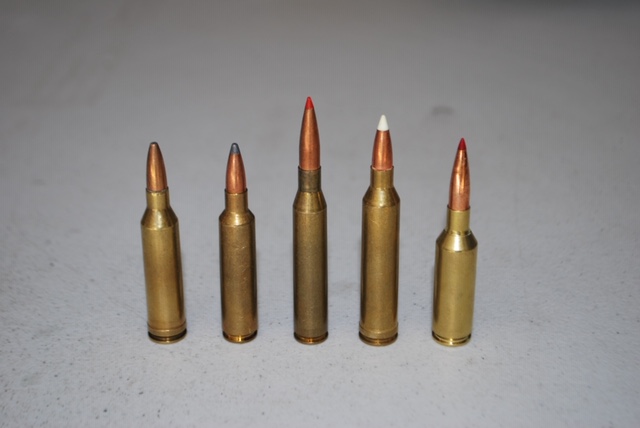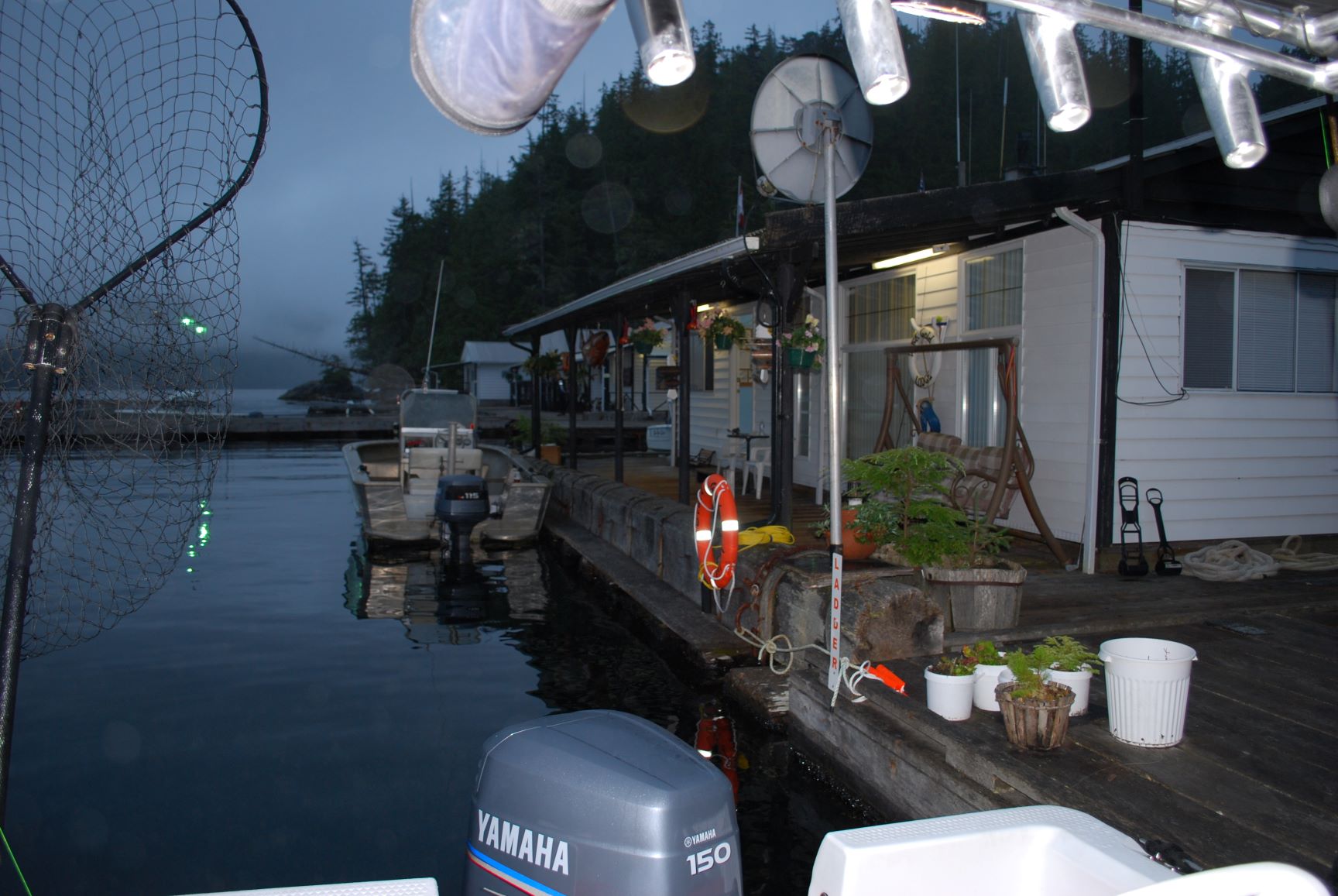Today’s factory rifles are, on average, more accurate than I thought possible when I started shooting. American hunters and rifle shooters have long been obsessed with raw accuracy, probably more today than ever before because of the growing fascination with long-range shooting. How much accuracy is really needed depends entirely on what you intend to do. Bench-rest and thousand-yard competitors need all they can get, and so do varmint hunters. Most big-game hunters probably have more accuracy than is truly necessary—but it’s a wonderful confidence builder to know that your rifle is capable of producing teeny, tiny groups!
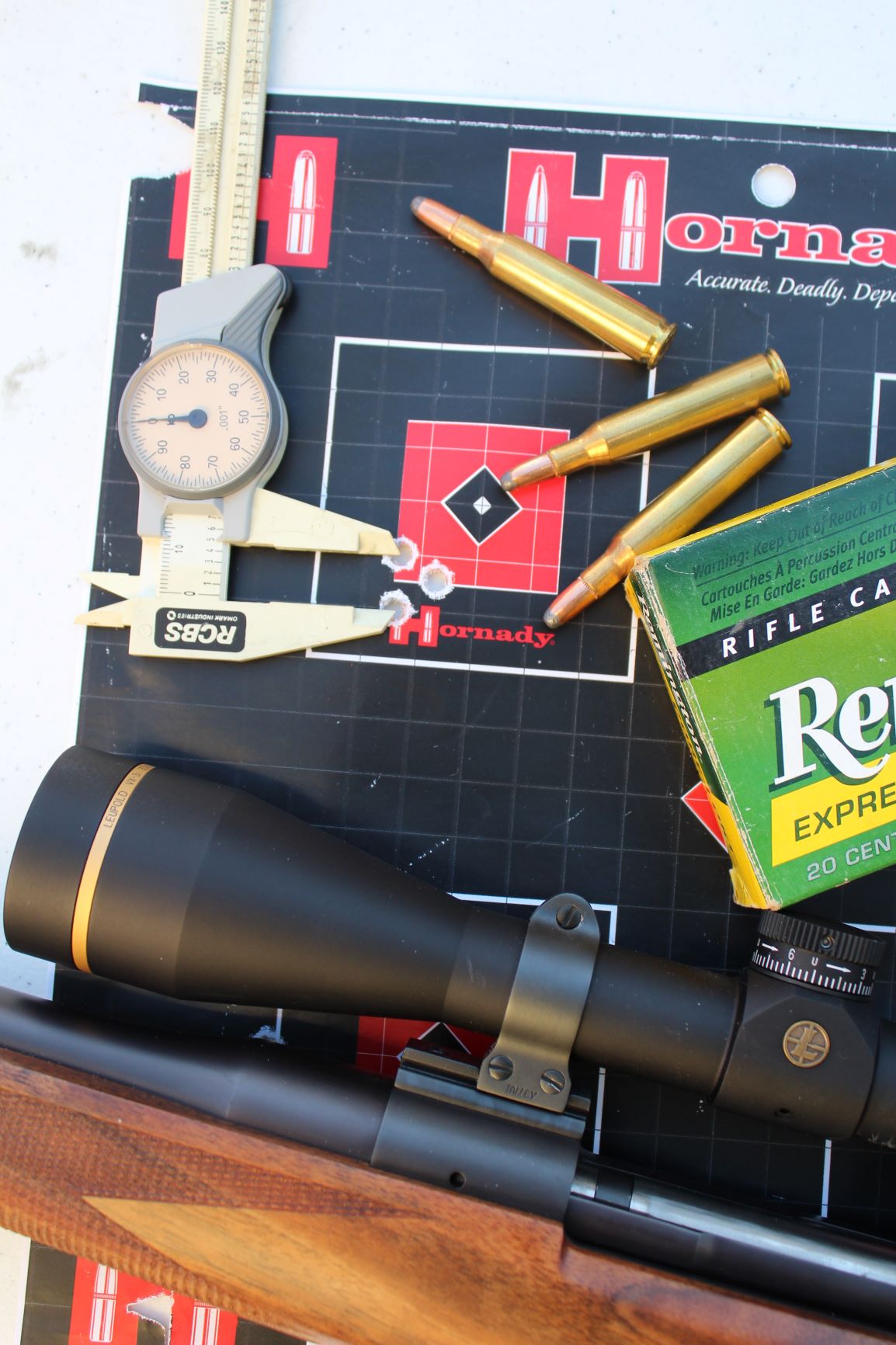
That’s a valid reason to demand extreme accuracy—and it’s amazing how many of today’s basic, inexpensive factory rifles deliver. I think this is because, with modern manufacturing, factory tolerances are tighter than ever, with more consistent barrels. When I was a kid, we figured a factory bolt-action that produced 1.5-inch 100-yard groups was pretty darned good. Rifles shooting one inch and better were cause for bragging. Today it’s amazing how many factory bolt guns retailing for less than $500 will consistently produce one-inch 100-yard groups.
Continue reading RIFLE ACCURACY WITH DIFFERENT LOADS By Craig Boddington
